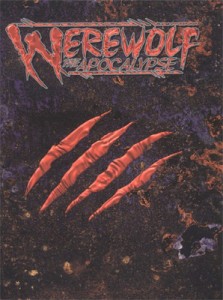As I’ve said elsewhere, the Gothic almost always involves some inversion of power — the victim becomes master through submission. This isn’t just something that only happens with characters and plot, though. When the Gothic attempts to critique politics and society, the critique plays in the same way. The early English Gothic novels were commentary on the French Revolution by proxy, and so Mathew Lewis’ Monk shows a couple things that his fellow British aristocrats feared most: an out-of-control church and a wild mob on the rampage. Frankenstein tackles dangers of science at a time when war became more deadly by the generation, and Dracula is all about “reverse colonization” as the British Empire was starting to suffer severe strain and contract. In the U.S., Nathaniel Hawthorne, Edgar Allen Poe, and later Djuna Barnes wrote about social oppression, domestic violence, and the incoherence of social exchange. This easily migrated into the noir of Jame Cain, Cornell Woolrich, and Patricia Highsmith, who added a bleak view of urban life, government, and human passion to the mix.
Social commentary in the Gothic almost always comes back to a violent and unsubtle inversion of power relationships through those relationships.
Today, the target of much Gothic writing is environmental apocalypse. The trend made an early appearance after the green revolution of the 1970s and 80s with the “gothic punk” game Werewolf: The Apocalypse. In the game, players take on the identify of werewolves who are caretakers of the Earth, trying to stave off a bleaching, desiccating annihilation resulting from human greed and hunger.
There have been many more recent examples, for example, the zombie films of George Romero (much interesting work has been done with zombies in the last few decades), where the walking dead are just another symptom of social discord and humanity run amok.
In some cases, these trends in the Gothic have persisted for decades, and given even a quick glance at NASA’s key indicators of global warming, environmental apocalypse may be a source of inspiration to the Gothic for a long time to come.
